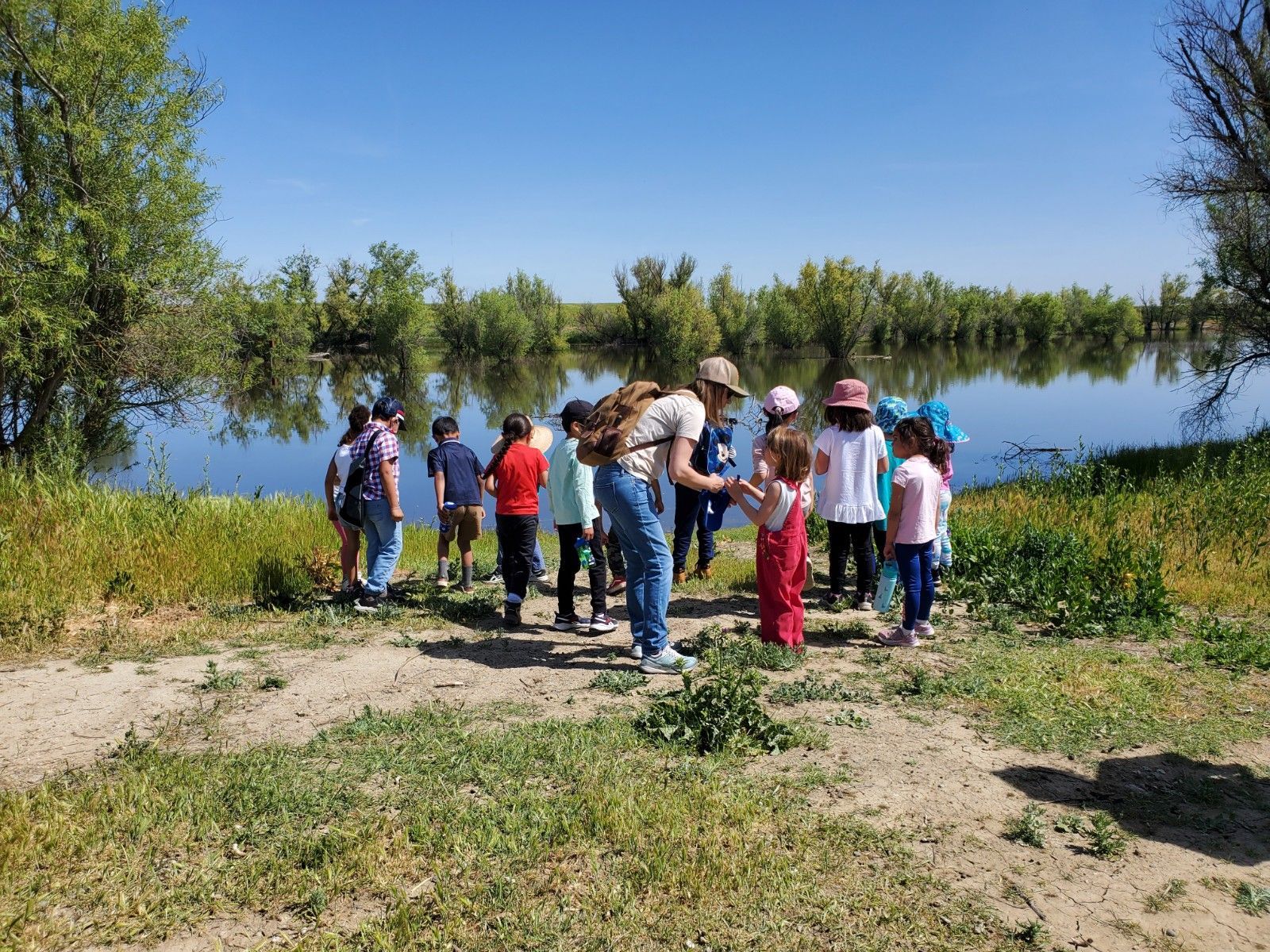Tuleyome's Science Corner - California Wild Rose

Rosa Californica – Photo by Putah Creek Council
The California Wild Rose (Rosa Californica), one of several species of roses native to California, has a pretty descriptive name; Rosa, the genus that contains roses and Californica, meaning “of California”. Actually, California Wild Rose ranges from Oregon south to Baja Californica from the coast east through the valley to the foothills and mountains up to about 6,000 feet. It’s typically an understory vegetation species in Riparian or other areas with moist soil conditions however, it is also be considered fairly drought tolerant and can survive in arid environments as well.
In the valley and surrounding lower elevations, California Wild Rose prefers at least partial shade but as elevations increase or as locations get closer to the coast, it thrives in partial to full sun. It can be found growing as individual shrubs or in dense thickets often along streams, in meadows or even along the road side. As a shrub it reaches approximately three to six feet tall however it propagates quickly and dense thickets can form through rhizomatous growth. Rose thickets are important to wildlife and provide good shelter as the curved stems and hook-shaped thorns make it difficult for predators to follow smaller prey through them. Shrubs and thickets also provide nesting opportunities for birds and other wildlife.
California Wild Rose leaves and stems look like a typical rose having compound leaves with five to seven serrated leaflets and many branching stems complete with thorns, however they are not as robust as horticultural rose thorns. Flowers appear from May through November and range from white or vary pale pink to nearly magenta. Flowers look similar to cultivated roses but are simple and only have five petals and may occur as a single bloom or in a floral cluster (an inflorescence) of up to 20 flowers. When they are fully open, flowers range from one to two inches in diameter and appear flat like a saucer with many yellow stamens and pistols in the center. Flowers are showy and fragrant and are pollenated mainly by bees. The fruit, also called rose hips, is a valuable summer and winter food source for deer and elk and persist on the plants long after the flowers and leaves have disappeared. Interestingly, rose hips are not formed from the ovary of the flower like most fruits but rather are formed from other tissues and are technically called an “accessory fruit”. Other familiar accessory fruits include apples, pears, cashews, strawberries, figs and pineapples. Rose hips are high in Vitamin C and also contain calcium, phosphorus and iron and can be used fresh or dried steeped for tea or made into a sauce, jam or jelly. California Wild Rose flowers also have many uses and have been made into candy, condiments and perfume. You can also add them to salads as an edible garnish. Native Americans used the stems of wild roses for basketry.
California Wild Rose can be used in backyard gardening as a good screen or barrier plant or as a lovely flowering shrub. It can tolerate various soil conditions and although will do better with regular watering, it is easily acclimated to sparse water conditions. It is easy to propagate or transplant and grows quickly, just be sure to have enough space for it to spread or plant it in a container to limit its size. California Wild Rose also attracts pollinators which the rest of your garden will appreciate.
-Kristie Ehrhardt (kehrhardt@tuleyome.org)
Tuleyome Land Conservation Program Manager
RECENT ARTICLES






